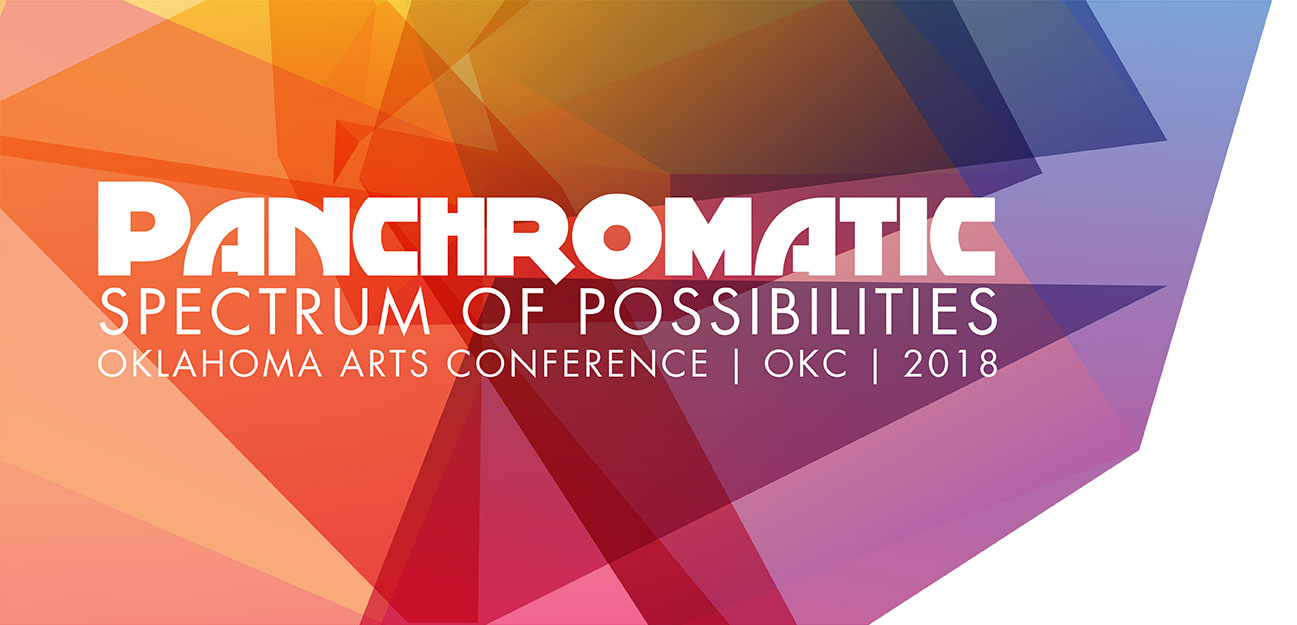Art, placemaking, and community development increasingly interact in our state. Over the years we have partnered with the Oklahoma Arts Council several times with programs like the Cultural District Initiative. The Oklahoma Arts Council also has a fantastic annual conference coming up in Oklahoma City’s Film Row, where several sessions will be held in our Christopher C. Gibbs College of Architecture Design Center.
We wanted to share some highlights that might be of interest to placemakers and community advocates. See you there.

Placemaking-Related Sessions
Telling Your Story: Data Collection to Demonstrate Local Impact
Place-based work is multifaceted, and its value is something the field is still learning to communicate. During this session, Oklahoma cultural district leaders will discuss practical, successful methods for illustrating the impact of their community-building work. Acknowledging the diverse interests of their varied stakeholders, presenters will address the qualitative data they collect—both within their organization as well as from outside sources—and describe what relationships may be necessary to collect data effectively. Finally, presenters will share do-it-yourself tools and ideas for how to visually communicate your message.
Creative Placemaking: Mobilizing Local Artists to Enrich Your Business District
From rural main streets to urban cultural districts, local artists can enrich and expand an authentic identity and brand of a “place” while helping to engage customers and members of the community. Local artists can bring new energy around challenges such as vacant storefronts and changing demographics, plus they can create projects that attract people. In this session, you will learn how to structure and launch an artist-driven creative placemaking project modeled after the Irrigate initiative, a nationally recognized program in Saint Paul, Minnesota. The session will introduce you to a foundational activity, highlight case studies from business districts, touch on finding artists, and explore budgeting and funding options. For advance reading, download a free guide at springboardexchange.org/guide-
EastPoint: New Community Development on Oklahoma City’s East Side
Presenters: Jabee Williams, Quintin Hughes, Jonathon Dodson
Seeing a need to change the narrative of Oklahoma City’s east side, a team of young business leaders and entrepreneurs from Oklahoma City’s African American community are stepping up to revitalize a stretch of the city’s northeast 23rd Street corridor known as EastPoint. They are working toward creating a vibrant business district in an area of the city that for decades has been neglected. Upon completion, EastPoint will feature several new businesses while serving as an intersection of culture, food, and fellowship. Hear how this team of visionaries and developers has initiated and fostered momentum toward transforming their collective vision into reality.
How Artist-Led Creative Placemaking Can Enhance Your Impact
What can creative placemaking do for your work? In this session, we will discuss how to tap into the creativity of local artists as an effective strategy for enhancing sense of place, building community, connecting across sectors, and grappling with community challenges. We will share examples of rural and urban projects that have created positive impacts in community identity, social capital, and community and economic vitality. We will also highlight the Irrigate initiative—a nationally recognized project that leveraged the creative skills of residents in Saint Paul, Minnesota, to mitigate disruptions caused by the development of a light rail transit line. Finally, we will examine best practices and share a scalable approach to catalyzing this work in your communities (available in two toolkits geared towards community organizations and business districts.)
Empathy, Equity, and Belonging: What The World Needs Now
In challenging and polarized times, it is easy to lose heart. How do we begin to address the gulfs in understanding and relationship that divide us? To heal whatever is broken—our economy, the climate, race relations—as we face all types of fear, we must heal our capacity for self-knowledge, empathy, imagination, and social creativity. We need to change the story to change the world. And to change the story, we need artists. In this keynote, Arlene Goldbard will share a vision of artists as catalysts for empathy, equity and belonging, with gifts that awaken awareness and compassionate action. Goldbard will offer a framework for understanding the great transformation that is needed, and she will advise on finding our most powerful and satisfying role within it.
